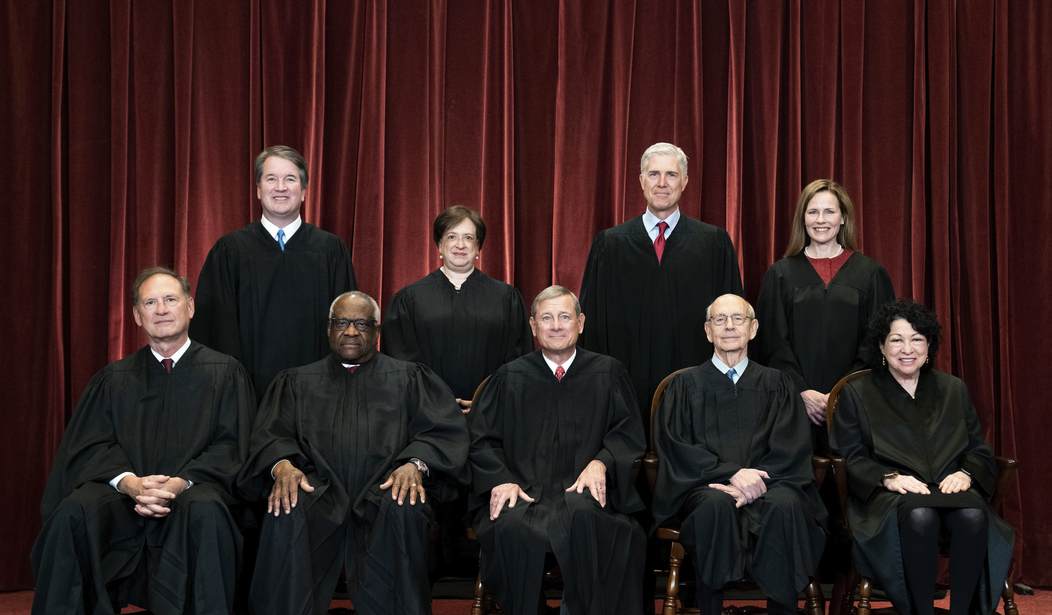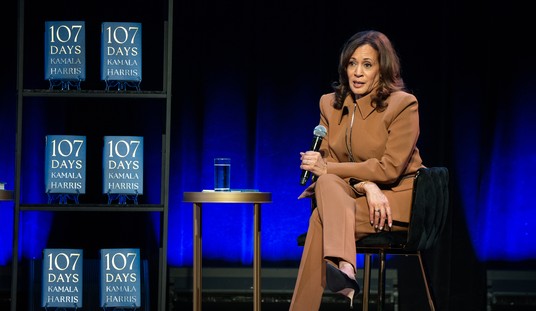In an 8-1 decision announced today, the Supreme Court ruled in favor of a high school student who posted obscene and derogatory messages on social media critical of officials at her high school, finding that the school’s suspension of the student for her actions violated her First Amendment right to free speech. Justice Breyer wrote the majority opinion of the Court, with Justice Thomas casting the only dissenting vote. As is often the case, Justice Thomas’s vote turns on what he sees as a failure by the majority to consider the historical record with regard to the scope of the First Amendment in the context of public education.
Plaintiff B.L. was a juvenile female at the time of the episode in question and was disappointed in not being selected to be a member of her high school’s varsity cheerleading squad. During the following weekend, and while away from campus, B.L. posted two images on Snapchat of her making obscene hand gestures with vulgar captions about the decision that went against her.
When school officials learned of her social media activity, she was suspended from the junior varsity cheerleading squad for the upcoming year. After failing to have her punishment reversed, her parents sued the school district in federal court based on a claim that B.L.’s social media activity was protected by the First Amendment from governmental sanction for its content.
The Court recognized and upheld the authority of schools to regulate conduct, including speech, that takes place on campus where words and action could be disruptive to the educational objectives or the rights of other students. In that setting, the school occupies the standing of in loco parentis — or standing in place of the parents.
But such standing rarely exists with regard to a student who is off-campus, and justification to extend that relationship off-campus when it would infringe on First Amendment rights is not present.
Justice Breyer made the very substantial observation that, from the view of the student speaker, the ability of the school to regulate on-campus speech and then take action with regard to off-campus speech that the school found objectionable would mean the student was subject to 24-hour school oversight which would deprive a student of his/her First Amendment rights altogether. The Constitution simply cannot support such a claim by the school district.
Finally, Justice Breyer noted that it is among the missions of the public education establishment to protect the free speech rights of students who express unpopular or disfavored views, and the education establishment cannot abandon that mission simply because the unpopular speech is critical of them.
It would be no different than if the party in control of Congress and the White House attempted to use its governmental authority to shut down the free speech rights of Americans who are critical of their government. They would never do that, and it would not be tolerated by the media which lives and breaths based on the protection afforded by the First Amendment.
This is an important “line in the sand” ruling on free speech rights, and the school district involved here could be substituted for any number of governmental institutions that might take notice of what employees do during their off-time.
This decision will likely provide a solid legal foundation for future claims against ultra-liberal “anti-hate speech” policies at many public universities.
But the line-up of the votes is also interesting in the context of what has seen in the past few weeks with decisions coming out of the Court. Not only are Justices voting together across the political spectrum of the Court, but they are also joining in the Majority Opinion without writing concurring opinions that take shots at what was written by Justices from the other side of that spectrum. Justice Breyer’s majority opinion drew six Justices in full, including the Chief Justice. Justice Alito wrote a concurring opinion, joined only by Justice Gorsuch.
The lineup is liberal Justice Breyer, joined by liberal Justices Kagen and Sotomayor, as well as conservative Justices Roberts, Kavanaugh, and Barrett. The signal being sent is that the Court is not divided by partisanship as is the case with the political branches. The Court’s divisions, to the extent they exist, are based on legal disagreements which do not always have a political angle.
As I noted above, Justice Thomas dissented, but his dissent was not idealogical from a “conservative/liberal” point of view, his dissent is based on a legal disagreement concerning how much the Court’s decisions should pay attention to historical factors that are relevant to the legal principles under review. In this case, Justice Thomas argues that the in loco parentis doctrine was much more extensive when the 14th Amendment was passed, making the First Amendment applicable to state governments. His view is that the Majority Opinion did not do enough in its reasoning to take into consideration the historical view of the extent to which in loco parentis standing applied to school-age children when they were off-campus for purposes of First Amendment analysis. Instead, the Majority simply adopted a more modern view of when in loco parentis standing is present in non-First Amendment contexts, and went forward with its analysis from there.
The Court has very few decisions left to announce this term, and I don’t expect to see much change in this regard. The Court is clearly sending a message in response to the demands to “pack the court” based on a claim that the six Justices appointed by Republican Presidents are controlling the outcome of every case. That message seems to be “Do not include us in your partisan mud fight over control of the Judiciary.” Will the Democrats listen?
For no particular reason, a “related” video segment:















Join the conversation as a VIP Member